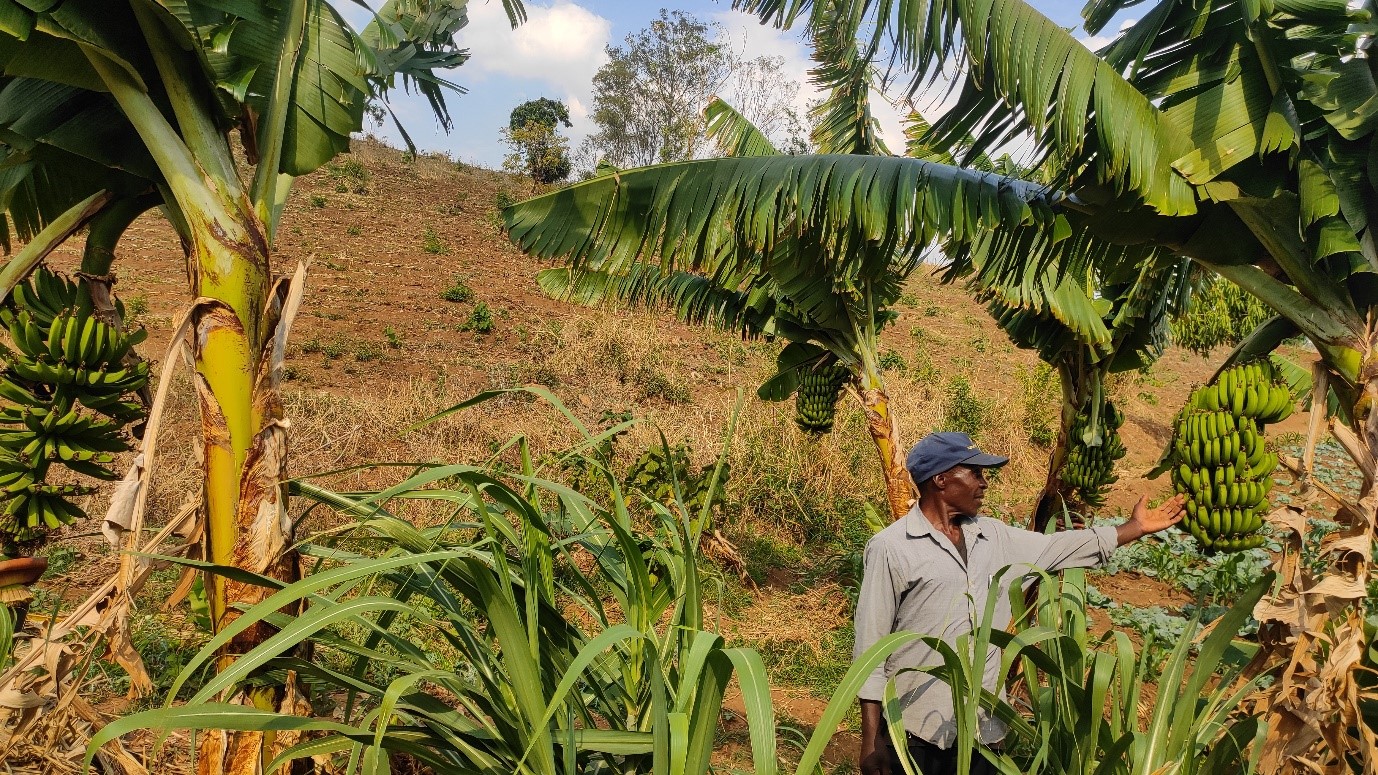Demarcation of Reserve Boundaries with Community Involvement
Boundary demarcation of Mvai Forest Reserve
FAO
The demarcation of Mvai Forest Reserve’s boundaries was a collaborative effort involving the local community, traditional leaders, and government agencies. Through consultations and field visits, boundaries were marked to clearly delineate protected areas, minimizing conflicts over land use and reducing unauthorized access. Community members participated in the boundary-setting process, reinforcing their understanding and respect for the protected area’s limits. Demarcation included physical markers, providing a visible reminder to the community of the forest’s boundaries, which also helped organize patrols and enforce restricted access. This clear boundary setting allowed the project to manage forest resources systematically, while community participation ensured the demarcation was respected and recognized by all stakeholders. This collaborative demarcation process strengthened the community’s role in conservation and solidified the boundaries as a foundation for sustainable management.
- Community Participation: Engaged residents in marking boundaries, promoting local respect.
- Government and Traditional Leader Support: Provided legitimacy to boundary setting.
- Physical Markers: Visible indicators reinforced the forest’s protected status.
Community involvement in boundary demarcation fosters respect and adherence to protected areas. When local residents actively participate in the boundary-setting process, they develop a stronger understanding of and commitment to respecting the forest’s limits. The process also highlighted that visible, physical markers are essential for maintaining clear boundaries, reducing misunderstandings and preventing unauthorized access. Additionally, engaging community leaders and traditional authorities in demarcation efforts enhances local accountability, as these respected figures can advocate for adherence within their communities. The exercise showed that boundary demarcation is most effective when supported by education on the ecological importance of the reserve, helping the community see the demarcation as a shared responsibility to protect resources that support local water supply, agriculture, and livelihoods.
